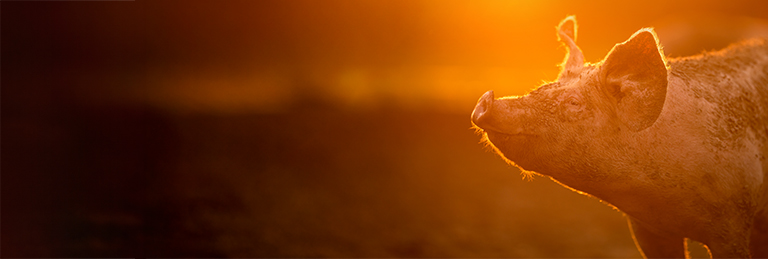On average, 44% of total water use in Europe is on agriculture, reaching as high as 80% in some regions. With a rising global population and climate change increasing the risk of adverse climate conditions such as droughts, pressure on the natural resource is growing. This is why the European Commission has developed both short and long-term strategies to ensure more sustainable water use.
European policy tools
Under the current common agricultural policy (CAP), the so-called cross-compliance mechanism support a sustainable water usage. This is done through a set of standards on good agricultural and environmental condition of land, which is compulsory for farmers receiving CAP payments. Standards include the protection and management of water through the establishment of buffer strips along water courses, authorisations for irrigation and protection of ground water against pollution.
So-called greening measures also contribute to water quality in agriculture. Part of the income support for EU farmers, the measures support those who implement practices that benefit the environment and the climate. This includes the establishment of ecological focus areas and permanent grassland, which protect biodiversity through limiting the use of pesticides in those areas.
The common agricultural policy's rural development programmes also play a role in promoting sustainable water usage. Funded by the European agricultural fund for rural development and managed by member states in collaboration with the Commission, the programmes are designed around six priorities. One of them is the promotion of resource efficiency. There are many good examples from around the EU of European funding being put to good use in protecting water. For example, a training session on small-scale water retention was provided to 150 people in the Łódź region of Poland. With climate change increasing the risk of droughts in Poland, the potential impact on agriculture there is significant. The EU-funded project was designed to provide practical knowledge and methodologies for preserving water.
Innovating for water sustainability
EU research and innovation in the sector is also helping in making water consumption more efficient. Through funds such as Horizon2020, support is given to projects innovating and using precision farming to improve water usage.
In La Mancha, Spain, overuse of water resources to irrigate agricultural land nearly caused the groundwater basin to dry out. Since then a project has been set up to offer support tools for local farmers. One such tool, for example, allows farmers to estimate the water consumption of their crops while checking if it complies with the amount of water they are legally allowed to use for irrigation. Another tool, known as OPTIWINE, can be used to calculate the exact quantity of water to apply to vineyards, improving grape quality while reducing water consumption. The calculations are based on satellite data and data collected by weather, plant and soil sensors installed on the ground.
On-farm support
The European Commission is also looking at other means of ensuring sustainable water usage in the future. A task force on water has been set up with the aim of boosting investment and spreading best practices in European agriculture. The task force has already outlined the main threats to water quality and availability in the EU and, in partnership with the Commission's science and knowledge service, has set up a knowledge hub on water and agriculture. The hub links and integrates existing sources of information while generating new knowledge on every aspect of water use. The hub is accessible via an internet portal.
In addition, as part of the new common agricultural policy (CAP) proposals for 2021-2027, a new tool is being developed to help farmers manage the use of nutrients on their farm. The Farm Sustainability Tool for Nutrients (FaST) aims to facilitate a sustainable use of fertilisers for all farmers in the EU while boosting the digitisation of the agricultural sector. The tool will provide a customised nutrient management plan to all EU farmers. Its use will bring environmental benefits, such as reducing nutrient leakage in ground water and rivers.
What's next
With increasing pressure on water availability and quality, the European Commission will continue to encourage and invest in sustainable water usage in agriculture.
In its new CAP proposals, the Commission has proposed a new way of working with member states to ensure funding is targeted to where it is needed most. For example, while sustainable water use targets might be set at the EU level, how these targets are met will be up to each national authority to decide based on their own specific circumstances. In the context of water and agriculture, this will allow EU funding to better respond to local needs.
To achieve more ambitious results, the future common agricultural policy will also continue to invest in, and encourage, research and innovation in the sector. With the implementation of “smart irrigation” technologies and nutrient management tools, water usage is already improving.







